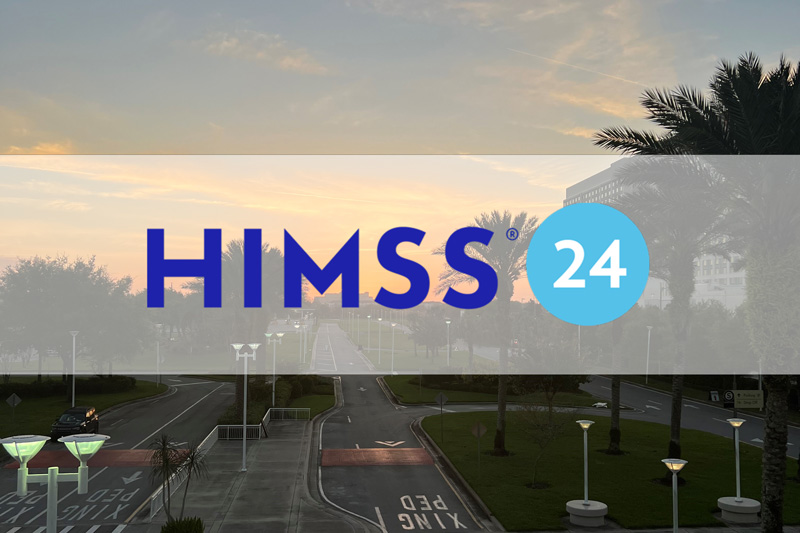In a radiology department, the amount of data that is collected can be overwhelming. From the coordination with other departments to the images that are produced to simply scheduling machine usage, everything revolves around data.
With the right tools, though, that data can be used to help the department work at an optimal level, without adding to the burden on the department’s employees. Here are some of the ways analytics can be applied to the work that happens in a healthcare system’s radiology department.
AI helps image identification
One of the ways analytics is making the greatest strides in the area of radiology is through artificial intelligence (AI). AI can be used in a few different ways, some of which are farther along in terms of technology than others.
AI can be used to classify data, sorting through images that show anomalies while leaving out the parts of images that do not show anything that would be helpful to practitioners. Similarly, AI can pull out the parts of images that show something like a tumor, allowing physicians to look at the image and determine how large a tumor might be. It can also zero in on where exactly the problem is located in the body. All of this can save time for the people working in the radiology department – they are not the ones who have to carefully look through all of the images that come through in a day. A lot of the work is done for them, allowing them to focus on other tasks, or leaving them less bleary-eyed for the images that need more attention from a set of human eyes.

Upkeep of machines
Another key part of radiology analytics is for the machines that are used in procedures. Machine learning, AI, and predictive analytics can all be used to monitor medical equipment like MRI machines and CT scanners. They can give real-time updates on the condition of the equipment, and anticipate if any repairs are needed. Maintenance can then be scheduled proactively during the times that the demand is the least. In this way, patient care can continue uninterrupted, and everyone can be sure that the machines are in top condition. More importantly, because the machines are working in ideal fashion, the data they are producing is accurate and can be trusted.
Saving time, money, and resources
Just like in any other area of a hospital, analytics can be used in radiology to help the department work more efficiently. The data can be studied to figure out where cost savings can happen, as well as any opportunities to reduce waste or better use employees’ or patients’ time.
A recent shortage of the iodinated contrast media (ICM) used at many places in the United States forced those healthcare systems to look at data around ICM usage in their facilities. The shortage was caused due to a COVID outbreak in China, where a factory that produces ICM was shut down. Some of the U.S. facilities were able to cut down their contrast use by 50% through the mitigation strategies put in place after analyzing the data.
Like most other aspects of healthcare, the pandemic has forced medical professionals to look at problems in a way that they might not have a couple of years ago. “Navigating the COVID-19 pandemic has helped radiology departments become nimbler and develop rapid response functionality to manage crises,” says Mahmud Mossa-Basha, MD, Professor, Vice Chair, Quality and Safety, and Medical Director, MRI, Department of Radiology at the University of North Carolina at Chapel Hill. Often the way radiology departments have done that is by using the data to make better decisions.

Data requirements
The right tool to help make those decisions needs to be able to handle large amounts of data. The images produced by a radiology department are just one piece of the puzzle. Other aspects to consider are:
- The cost of equipment
- Exam and report turnaround times
- Patient satisfaction scores
For many organizations, that kind of data is looked at for both the department itself and as part of the performance of the healthcare system overall. In some cases, radiology might be outsourced to a different company, so the ability for that solution to integrate with other data sources is also very important.
- Analyzing the Challenges of Pharmaceutical Supply Shortages - April 26, 2024
- Summer is an Opportunity for Digital Transformation in Education - April 17, 2024
- Your Car is Tracking More than Miles per Hour - April 11, 2024



